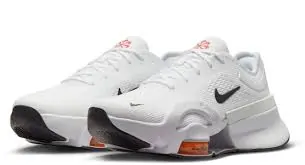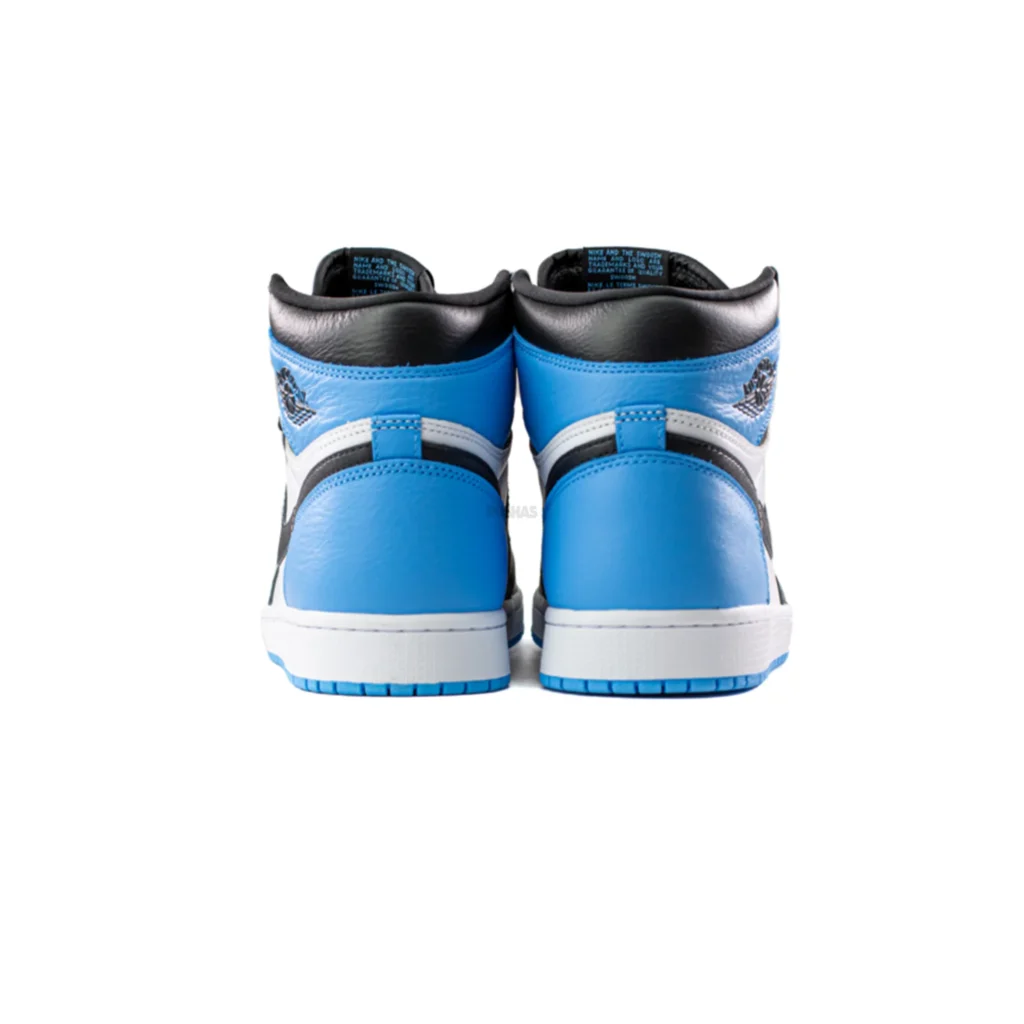Understanding ‘Reps’ in Sneaker Culture: What They Are and How to Spot Them
In the dynamic world of sneaker culture, ‘reps‘ is a word that has been increasingly used. Reps is an abbreviation for replicas. It is a sneaker that mimics a high-demand model, which may cost much money, but at a fraction of the price. Replicas range from almost exact imitations to obvious knock-offs.
Understanding the subtleties of reps is important for sneaker enthusiasts and casual buyers to ensure authenticity and avoid accidental purchases of counterfeit footwear. This article explores what ‘reps’ are, how to distinguish them from authentic sneakers, and what legal and ethical considerations come with them.
Key Takeaways
- ‘Reps’ refers to replica sneakers designed to mimic the appearance of popular, often high-end, shoe models, with varying levels of quality.
- Authentic sneakers can be distinguished by inspecting details like sole pattern density, swoosh logo shape, and leather patch consistency.
- The production and sale of replicas raise legal and ethical issues, including trademark infringement and consumer deception.
- Buyers can utilize methods such as detailed inspections and authentication tools to ensure the legitimacy of their purchases.
- Staying vigilant and informed is crucial to purchasing genuine sneakers and avoiding counterfeits.
Understanding ‘Reps’ in the Sneaker Market
What Are Reps in the Context of Footwear?
‘Reps’ is a shorthand for replicas in the sneaker industry, referring to imitation shoes that mimic high-demand, high-priced originals. Replica sneakers vary significantly in quality, ranging from high-grade copies almost indistinguishable from the originals to poor-quality knock-offs that are easily spotted as fake.
High-quality reps, sometimes called UA (Unauthorized Authentics), can fool even seasoned collectors due to their close resemblance to authentic sneakers. On the other end, cheaper knock-offs often feature glaring flaws, such as incorrect logos, poor stitching, and substandard materials.
The Spectrum of Replicas
Replicas exist on a spectrum. Here’s how they differ:
- High-Quality Fakes: Near-identical in design and materials; these are harder to spot as counterfeits.
- Low-Quality Knock-offs: Often poorly made, with obvious flaws like incorrect colors, misshapen silhouettes, and poor stitching.
- Legal Gray Area (Knock-offs/Dupes): These imitate the design but omit branding elements, avoiding legal trademark violations.
Most Counterfeited Brands
The OECD (Organization for Economic Cooperation and Development) has identified the most commonly replicated brands. Topping the list are:
- Nike (the most counterfeited brand globally)
- Louis Vuitton
- Supreme
- Rolex
- Ray-Ban
Legal and Ethical Concerns Around Reps
Legal Considerations
The sale of replicas often violates trademark and copyright laws, resulting in potential legal action against sellers and, occasionally, buyers. Key points include:
- Counterfeits: Directly infringe on a brand’s trademark, making them illegal.
- Knock-offs: Operate in a legal gray area by copying designs without branding, but may still cause consumer confusion or infringe on design patents.
- Economic Impact: Counterfeiting results in billions of dollars in lost revenue for brands annually, as well as tax losses for governments.
Ethical Concerns
Beyond the legal implications, replicas raise ethical issues:
- Labor Exploitation: Many counterfeit goods are produced in factories with poor working conditions.
- Design Theft: Buying replicas undermines the creativity and innovation of designers and brands.
- Consumer Deception: Some buyers are unknowingly sold replicas, believing them to be authentic.
How to Spot Authentic vs. Replica Sneakers
Exterior Features to Inspect
When distinguishing between authentic and replica sneakers, the exterior details are often the first giveaway. Pay close attention to:
- Swoosh Shape and Quality: Genuine Nike swooshes have precise curvature and sharp lines, while replicas often appear inconsistent or fuzzy.
- Sole Patterns: Authentic sneakers feature uniformly dense star or asterisk patterns, whereas replicas may exhibit varying density or uneven designs.
- Silhouette and Shape: Authentic sneakers often showcase a distinctive hourglass shape, especially in Nike models, while replicas are typically straighter or misshapen.
Sole Details and Logos
Inspecting the sole provides essential clues:
- Patterns: Authentic soles have consistent patterns, such as uniform stars or asterisks. Variations in density can indicate a fake.
- Logos: Ensure the placement, font size, and clarity of the Nike logo match official designs.
Critical Authentication Features
The Swoosh Logo
The swoosh is perhaps the most recognizable feature of Nike sneakers. Key indicators of authenticity include:
- A sharp and pointy tip on the swoosh.
- Proper alignment with the shoe’s overall design.
- A lack of bulkiness or irregularity in the logo’s edges, common in replicas.
Leather Patch and Silhouette
The leather patch on authentic sneakers is consistently shaped and positioned, often intersecting perfectly with other design elements like the swoosh. Additionally:
- Authentic sneakers often feature a distinct hourglass silhouette, while replicas may lack these curves, appearing boxy or straight.
Subtle Telltale Signs
Perforations
Authentic sneakers have clean, uniformly sized perforations, particularly in the toe box. Counterfeits may feature:
- Irregularly shaped or poorly aligned perforations.
- Spacing inconsistencies compared to the original.
Box Labels and Size Tags
Examining box labels and size tags can provide definitive proof of authenticity:
- Authentic labels feature consistent fonts, legible text, and accurate spacing.
- Replica size tags often display uneven font sizes, misspelled text, or poorly aligned trademarks.
Branding as a Marker of Authenticity
Trademark Symbols
Trademark symbols, such as the registered symbol (®), are critical for verifying authenticity. Authentic sneakers display trademarks with:
- Correct font thickness.
- Proper placement relative to other text or logos.
Font Consistency
On labels, the font style and placement are highly controlled in authentic products. Fakes often feature:
- Irregular spacing between characters.
- Inconsistencies in font weight and alignment.
How to Avoid Buying Replicas
Best Practices for Authentication
To ensure you’re purchasing genuine sneakers, follow these steps:
- Compare Details: Match the sneaker’s colorway, shape, and logo placement with official guides.
- Inspect the Box: Authentic sneakers come in high-quality boxes with consistent labeling.
- Verify Materials: Genuine sneakers use premium materials with flawless construction.
Authentication Services and Tools
Leverage these resources to authenticate your purchase:
- Online platforms like CheckCheck or Legit Grails.
- Expert-authored guides such as “How to Spot Fake Jordan 1s”.
Common Pitfalls to Avoid
- Avoid deals that seem “too good to be true.”
- Always purchase from authorized retailers or verified resellers.
- Examine the sneakers as soon as you receive them to address concerns promptly.
Conclusion
‘Reps’ are an unavoidable part of the modern sneaker market. While some consumers knowingly opt for replicas due to affordability, distinguishing authentic sneakers from replicas is vital to maintaining integrity in the sneaker culture. By carefully inspecting features such as the swoosh, sole patterns, leather patches, and box labels, buyers can make informed decisions and steer clear of counterfeits.
As counterfeiters evolve their techniques, vigilance is key for consumers and brands alike to preserve authenticity and quality in the sneaker world.
FAQs
What are ‘reps’ in the sneaker world?
‘Reps’ refer to replica sneakers that imitate high-demand models like Nike Jordans or Yeezys. They vary in quality, from near-perfect imitations to obvious fakes.
How can I identify fake sneakers?
Focus on details like swoosh shape, sole patterns, and box labels. Authentic sneakers feature high-quality materials, consistent stitching, and accurate logos.
Are replicas illegal?
Selling or distributing replicas is often illegal due to trademark infringement. However, the legality of owning replicas depends on local laws.
What tools can I use to authenticate sneakers?
Online services like Legit Grails and sneaker forums are excellent resources. Comparing your purchase to official guides is another effective method.
Why is branding so important in verifying authenticity?
Branding ensures quality and identity. Authentic trademarks and logos are carefully designed, while replicas often feature errors that reveal their counterfeit nature.



